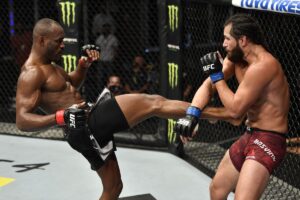Trends and Takes: Week 4
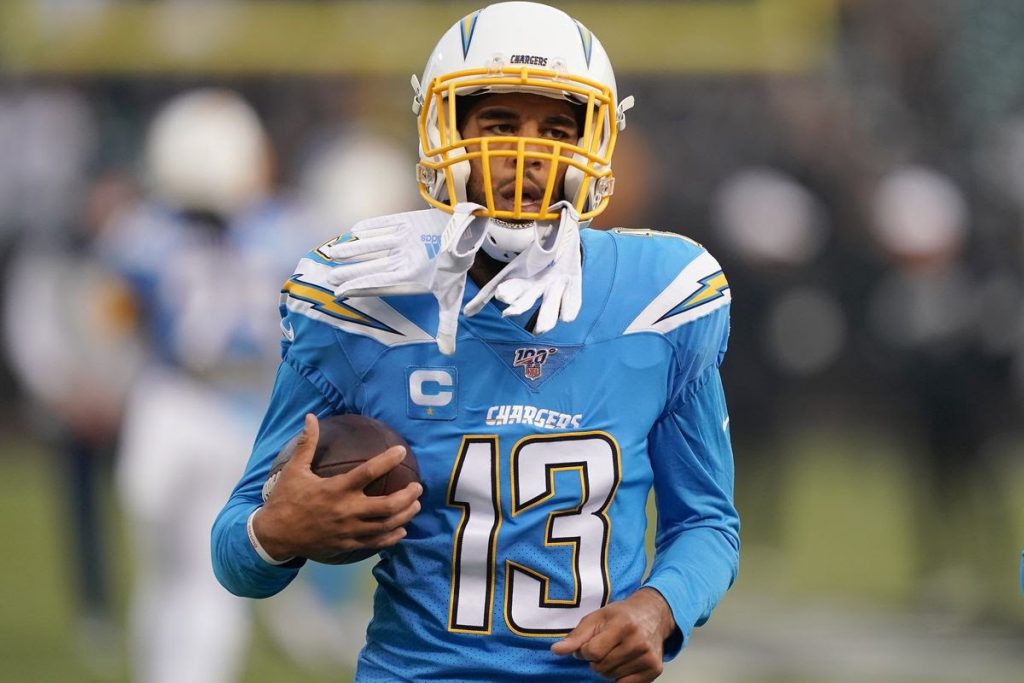
Written by Timothy Lewis (@TrendsAndTakes) — September 30th, 2020
The third week of the 2020 NFL season has come and gone. In other words, we have a three-game sample size to spot trends and develop takeaways. Welcome to season four of this column! If you’re not familiar, I use this time to identify the patterns that track sometimes obvious, sometimes under-the-radar, fantasy football assets. This year I will be offering additional Buy/Sell/Drop/Hold criteria. Statistics are courtesy of advanced analytics goldmine, PlayerProfiler, and trusty dusty Pro-Football-Reference.
Jonnu Smith
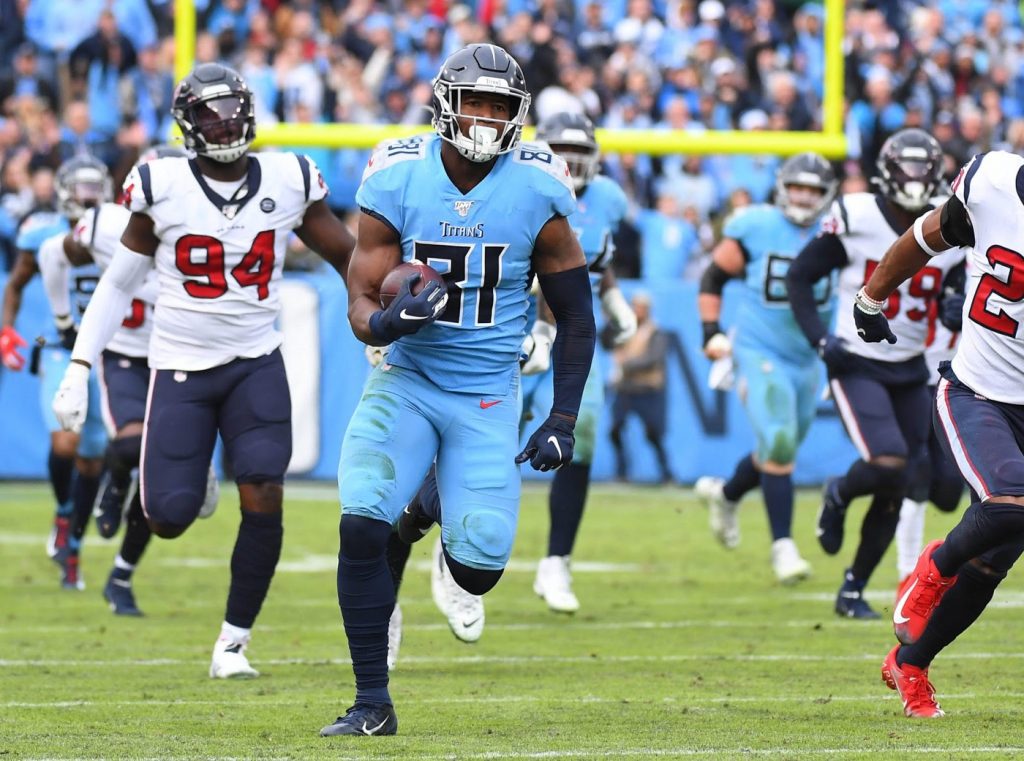
The Trends:
Averaging 6.6 targets per game
Playing over 80% of offensive snaps
Titans averaging 37.5 pass attempts per game (Last Season: 28 attempts per game)
The Takes:
Don’t look now, but Jonnu Smith is breaking out all over the place. The 4th-year tight end seems to be the surprise breakout on this ascendant Titans team. As a whole, the unit found its groove when Ryan Tannehill took the job in 2019. Since then, Tennessee has boasted one of the most efficient offenses in the league.
However, coming into the season, there remained concerns about the team’s passing volume. It appeared as though it would once again be the Derrick Henry show. While King Henry has received no shortage of work, it appears there has been a carryover from last season’s passing success, and the coaching staff appears intent on exploring the upside of a pass-heavy attack.
While 6.6 targets don’t blow the doors off at first glance, that projects out to 106 targets over 16 games. This is similar to what we saw from Hunter Henry and Mark Andrews in 2019.
What makes Jonnu unique is his game-breaking ability with the ball in his hands. His 7.7 yards after catch so far is not an aberration. It’s actually lower than his 2018 and 2019 marks. There are few players that can legitimately make a house call from the tight end position. Jonnu Smith is one of those players.
Verdict: This recent COVID news may have created a window. BUY in all formats.
Keenan Allen
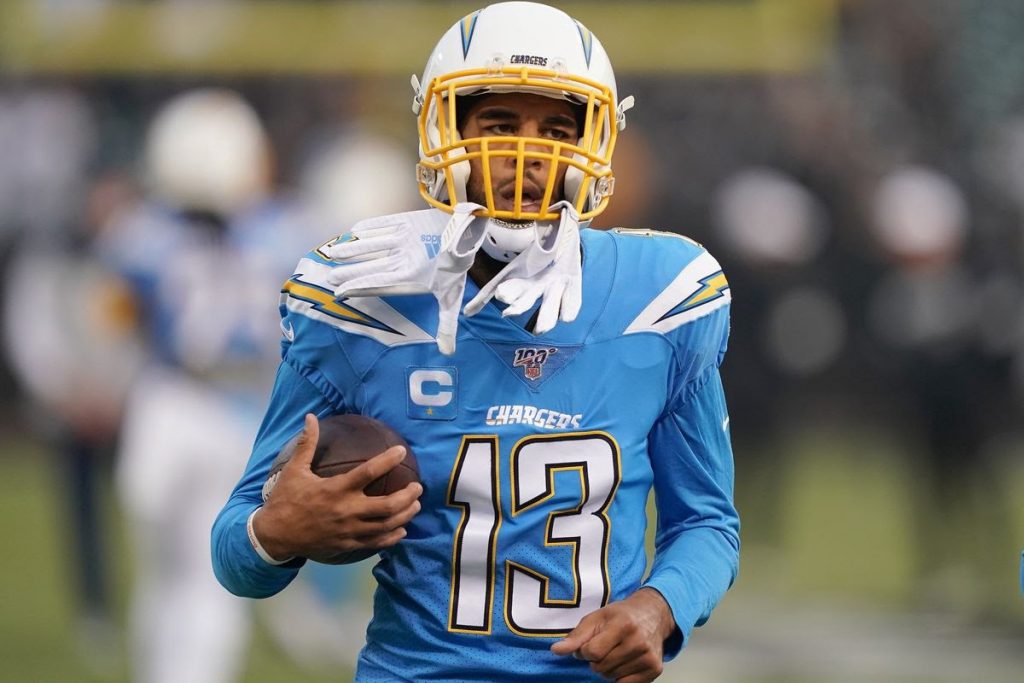
The Trends:
Averaging an absurd 12.3 targets per game
7.2 yards per target (8.3 career average)
The Takes:
With the entry of Justin Herbert, things are looking up for Keenan Allen investors. Under-valued in drafts, Allen is rewarding those who were willing to bet on his talent amid his team’s unclear transitionary period.
Phillip Rivers was a steadying, if not under-achieving force for years. While he may not have delivered much high-end success in real football, the veteran quarterback was always a bankable commodity for fantasy purposes, serving as a value engine for staples such as Danny Woodhead, Antonio Gates, and the currently-discussed Allen.
When Tyrod Taylor took the helm, there was no indication as to when he would give way to rookie quarterback Justin Herbert. The early returns have been promising. Stepping in due to a freak medical incident, Herbert has shown comforting competence. Chargers’ head coach Anthony Lynn has not been too demanding of his young signal caller, establishing a formidable rushing attack and scheming quick-hit passing plays.
So far, Herbert has locked on to Allen. I tend to agree with the notion that targets are earned. Allen is by far the best pass catcher on the Chargers roster, and his shallow route tree and separation ability mesh with Herbert’s dink-and-dunk preferences.
Verdict: The Chargers may not put up a lot of points, but their offense plays favorites. With a soft upcoming schedule, Allen will help you win in the short-term as a high-end WR2. HOLD.
Kenyan Drake
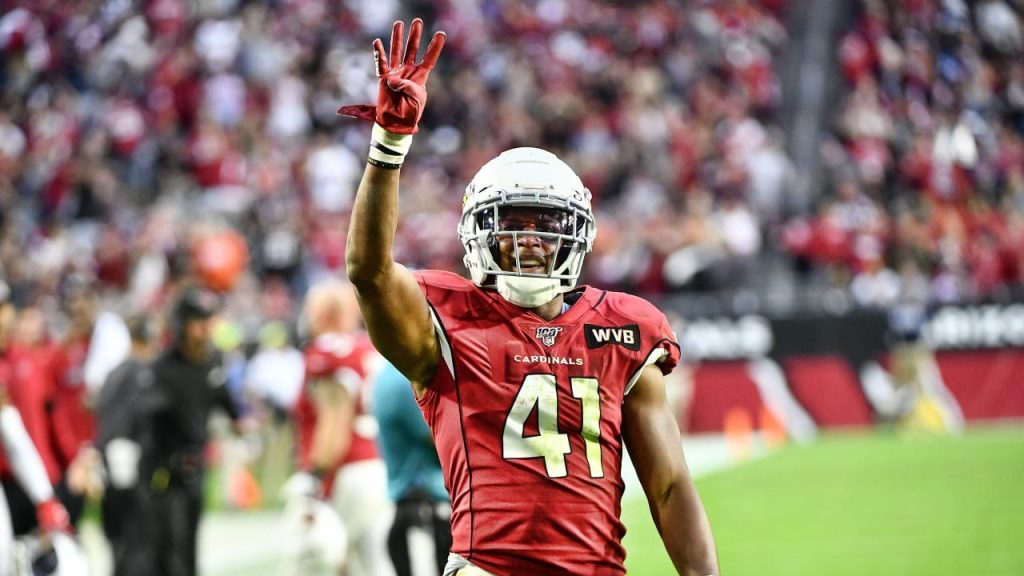
Trends:
18 rush attempts per game (15.4 last season)
1.67 targets per game (4.38 last season)
Kyler Murray: 8.67 rushing attempts per game (5.81 last season)
Takes:
Pre-draft projections varied wildly for Kenyan Drake, from sure-fire RB1 to walking-boot-riddled Chase Edmond’s jockstrap-scrubber. Three games in and he’s fallen between the two marks. The obvious variance between Kenyan Drake’s 2019 and 2020 usage has been as a receiver.
The drop in targets can be directly attributed to Kyler Murray calling his own number. The sophomore signal-caller has nearly doubled his rushing yards per game average. As we often see with athletic quarterbacks, their mobility comes at the expense of fantasy-friendly check-down passes.
While we prefer targets to rush attempts in terms of expected fantasy points, we can’t altogether discard Drake’s uptick in usage as a rusher. He’s averaging nearly 20 touches per game in an offense expected to score a lot of points. That role holds serious value.
My bone to pick with Kenyan Drake is that he’s leaving meat on the bone. This offense has proven capable of moving the ball, and while Kyler Murray may be capping Drake’s upside as a receiver, the Alabama product’s efficiency should benefit from the defensive attention given to his quarterback’s mobility. He’s seeing stacked boxes under 15% of the time. Despite these advantages, Drake has just 1 carry going 15 yards or longer.
Kenyan Drake has always been more of a theoretical talent than a reliable producer. He’s flashed in a meaningful capacity, but at 26, has yet to lead a backfield for a full season dating back to his collegiate career.
Verdict: The team doesn’t appear intent on scheming Drake into space, and he could lose work to a talented backup should he continue to underwhelm. SELL.
Robby Anderson
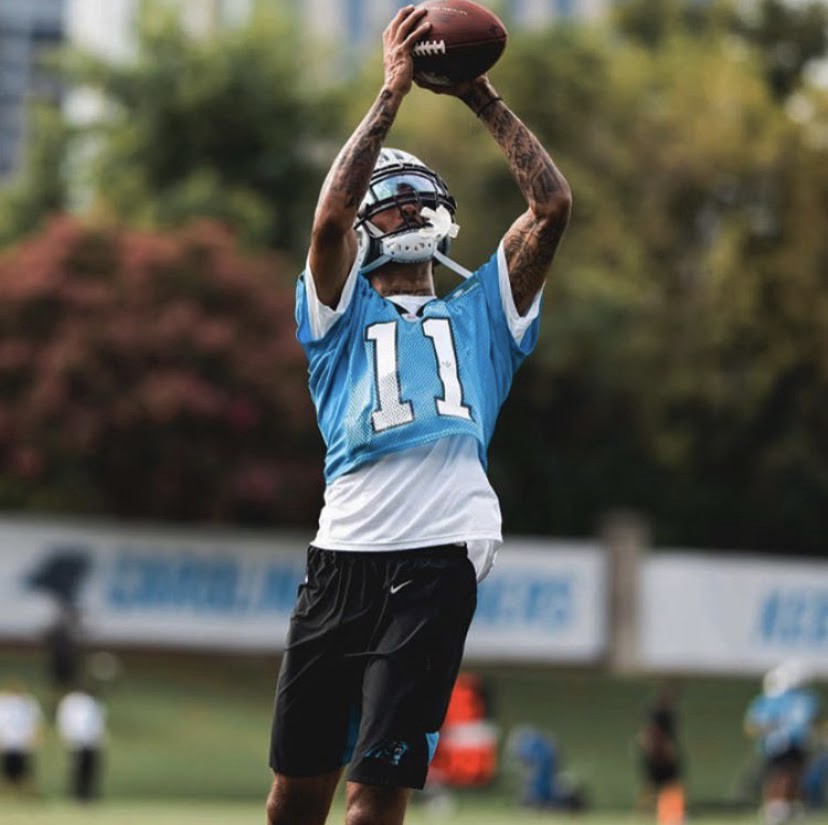
Trends:
5th in receiving yards
5th in yards after the catch
70th in the NFL in average target distance
30.8% RZ target share
Takes:
Robby Anderson has generally been profiled as a boom-or-bust field-stretcher. He came into the league undrafted, and worked himself onto an NFL roster by being “the fast guy”. However, that limited description falls well short.
What if I told you that he is only one year older than Will Fuller V? I connect these dots because they are very similar players. Both are dynamic downfield playmakers who have shown the ability to dominate with expanded roles. Both are also securing their places as the alpha receiver on in-flux offenses.
DJ Moore, a standout talent in his own right, was projected by the fantasy football community to waltz into the go-to receiver role. It was believed that Moore’s sturdy frame, intermediate route tree, and the ability to create plays with the ball in his hands, would pair perfectly with Teddy Bridgewater’s conservative decision making.
These attributes have synced perfectly with Teddy Bridgewater. However, it is not the Maryland product who is the beneficiary. It’s actually Moore who has been used as the downfield presence, accumulating 6 targets of 20 or more yards to Anderson’s 3. Anderson is the one dominating with the ball in his hands, averaging 4.9 yards after the catch to Moore’s inexplicably low 0.7.
What’s more, the former Temple Owl’s 6’3” frame is being sought out in the red zone, where he has a 30.8% target share. Anderson only has one touchdown on the season, but his all-around usage indicates untapped upside.
Verdict: What we expect is not always what we get. DJ Moore will get his, but Robby Anderson is one of the draft’s biggest steals. BUY.


